A checklist for your vegetable garden this February
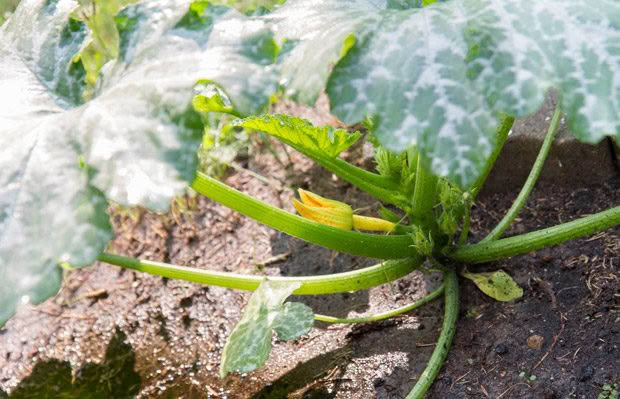
Here’s what to sow, what to save, and what to protect from high humidity.
Words: Nadene Hall
1. Sow or plant seedlings of beetroot, broccoli, Brussels sprouts, cabbage, carrot, cauliflower, kohlrabi, radish, silverbeet, and spinach.
2. Sow seeds or plant seedlings of herbs such as basil, borage, caraway, chervil, chives, coriander, dill, fennel, hyssop, lemon balm, lemon grass, lemon verbena, lovage, marjoram, oregano, parsley, sage, tarragon, and thyme.
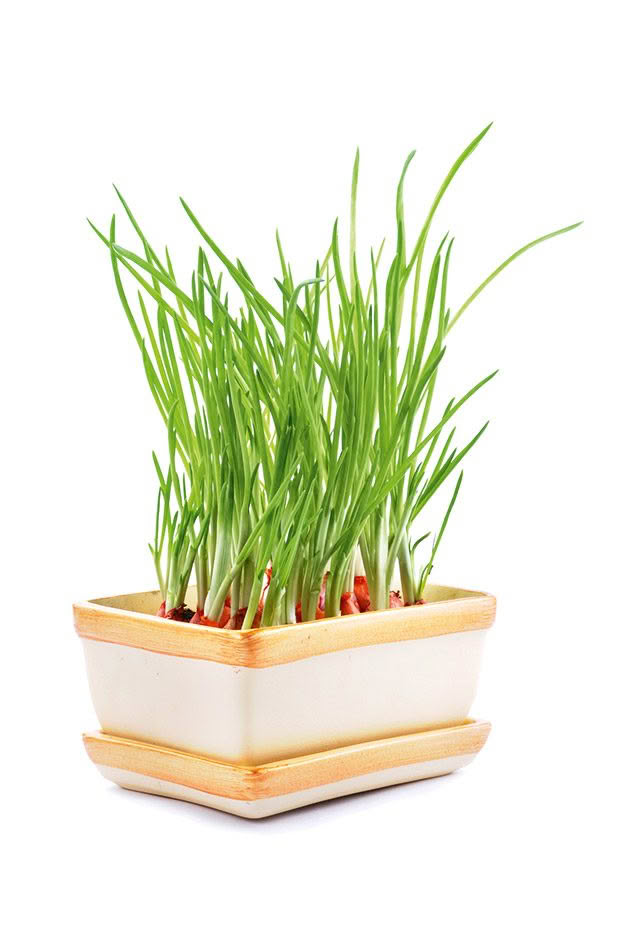
3. Save lettuce seeds. Lettuce bolts quickly in the summer heat. Let a few of your plants flower and collect the seed for replanting or storing until next spring.
4. Sow turnips – baby varieties mature in just two months. If you’re not a fan of turnips as a root vegetable, feed them to your cows, and eat the leafy tops. The leaves are rich in vitamins, minerals, and phytonutrients, and can be cooked like spinach, or eaten raw.
5. Sow peppery land cress in containers or garden beds in moist soil and part shade as it prefers to stay cool. Keep plants well-watered. The leaves, very similar to watercress, are ready to harvest in 7-8 weeks.
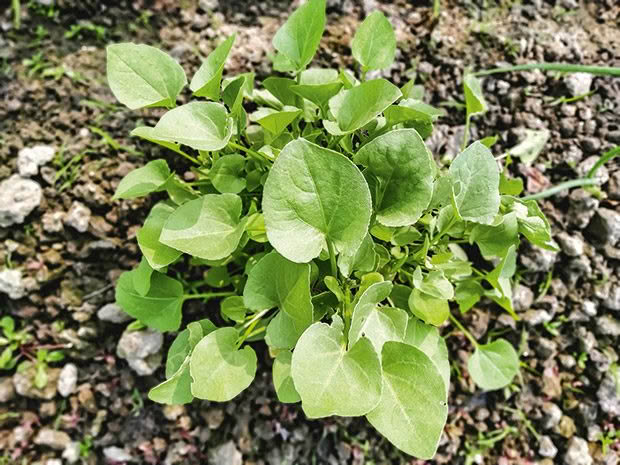
6. If you get high humidity this month, you can protect cucumbers, courgettes, pumpkins, and melons from powdery mildew using a baking soda solution. You will need: 5 tbsp vegetable oil, 2 tbsp baking soda, 1 tsp Castile liquid soap and 2 litres water. Pour all the ingredients into a spray bottle and shake to mix. Spray plants, covering both sides of the leaves and stems. Reapply every 5-7 days as a prevention method.
Tips:
• Remove old, diseased leaves before spraying. Bin or burn them.
• Don’t cut away healthy foliage as this reduces the nutrients going to developing fruit.
• Make up a fresh mix each time.
7. Sow seeds of daikon, or Japanese radish. The long, white, mild-tasting roots can be steamed, stir-fried, pickled, or grated and eaten raw. Grow in full sun in moist, fertile soil, well-spaced as the roots can grow 40cm long by 6cm wide. Don’t let the roots over-mature or they become quite tough.
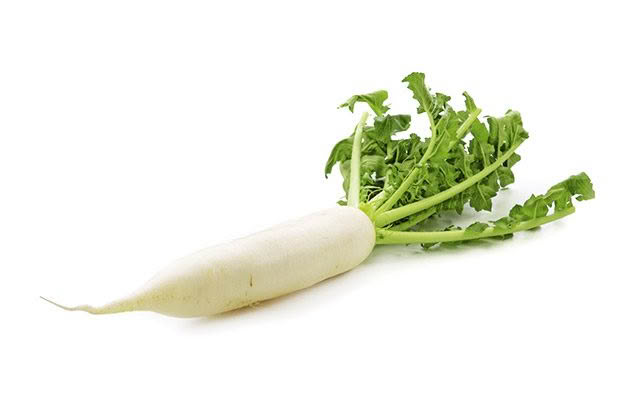
8. How to store potato & onion crops
Potatoes: Leave exposed to the sun on a dry day for a few hours to cure (not overnight, or slugs and snails will get them). Store in thick paper sacks – Kleensak rubbish bags are about 90c each at supermarkets. Seal the sacks and store in a cool spot. Only choose perfect potatoes, free of bruises, soft spots, mould or damage. Check them constantly while in storage and remove any that show signs of rot.
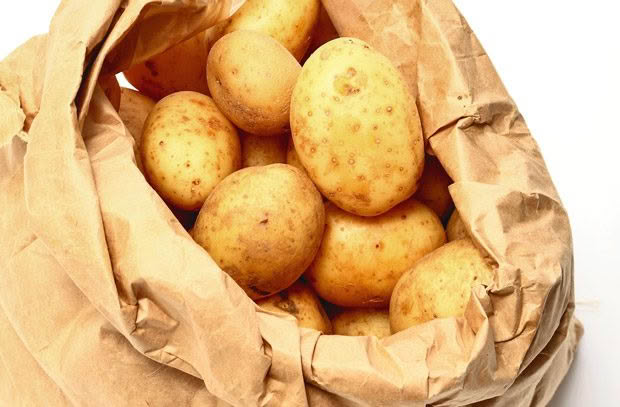
Onions & shallots: Onions and shallots are harvested when the tops wither and turn brown, usually in mid-to-late summer. About a month before harvesting, stop feeding nitrogen fertiliser as it can delay maturing of the bulb so they go soft in storage. After digging, leave them to cure in a warm, dry place for about a week, then store in a mesh bag in a cool, dry spot.
Love this story? Subscribe now!
 This article first appeared in NZ Lifestyle Block Magazine.
This article first appeared in NZ Lifestyle Block Magazine.
